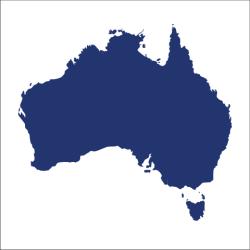
The project is funded by the Australian Government ($1.5 million) and the South Australian Government ($405,000). Australian Government funding is provided through the National Water Grid Fund Science Program.

This project will rewrite and update the nation’s current groundwater modelling guidelines.
Project overview
Most of Australia’s regional and remote communities are dependent on groundwater resources for their water supply. Many ecosystems are also dependent on groundwater supplies for healthy functioning.
The purpose of the project is to rewrite and update the nation’s current groundwater modelling guidelines, improving the scientific foundation from which decision-making is derived, influencing water availability, security and quality outcomes.
The current groundwater guidelines have not been updated since 2012. It is important that groundwater models present accurate predictions to support decision-making to mitigate risks to water security, the environment and communities.
Since 2012, there has been the emergence of newer modelling techniques which need to be assessed for their validity, suitability for different situations and best practice use. The project has also received the endorsement of the National Groundwater Sub-Committee.
Revisions to the groundwater modelling guidelines will not only support groundwater modelling practitioners, but also the needs of the end-users of groundwater modelling. This includes regulators, industry proponents, water managers and water resource planners.
The updated groundwater modelling guidelines would support decision making for future investment and the expansion of Australia’s green economy.
The project will also support end users of groundwater models, particularly to provide some degree of consistency across jurisdictions with future investments in infrastructure and development decision-making. Furthermore, the updated guidelines could be used to support ongoing water management to allow for the development of the green economy while also supporting existing use, the environment, and cultural water.
Key project benefits
Read more
- Learn more about our Science Program
- Water in Australia

